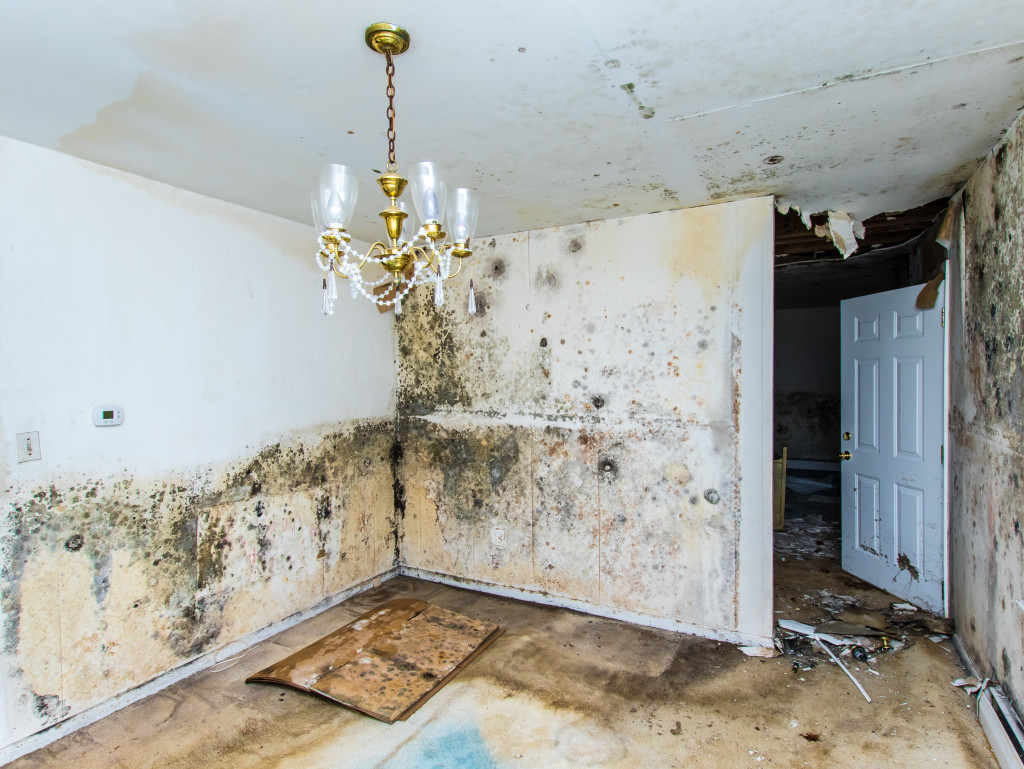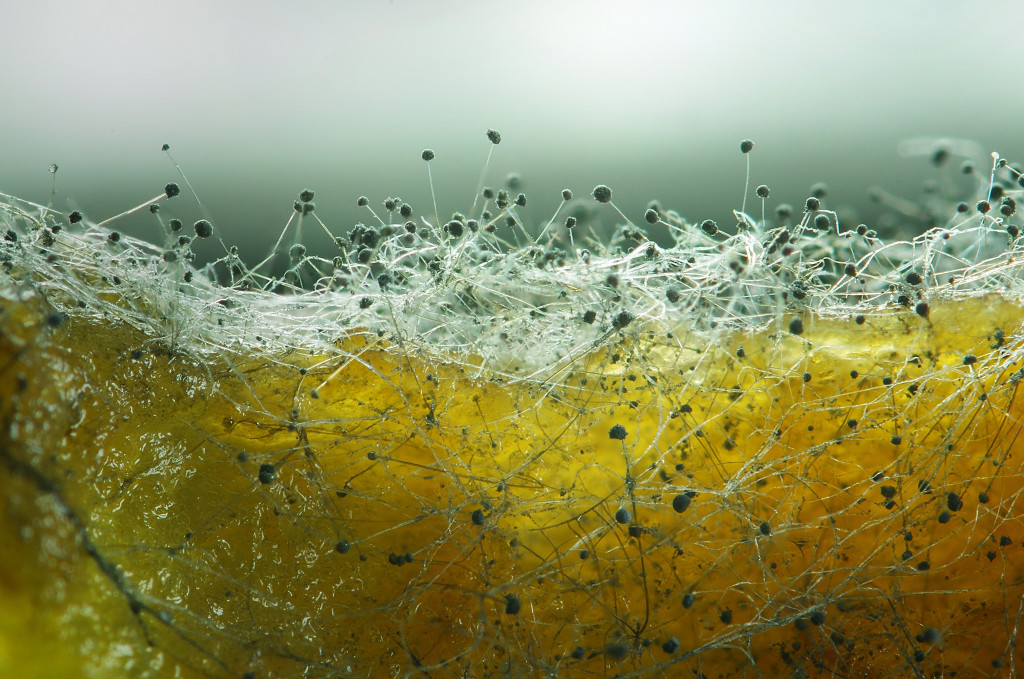Home depreciation is one of the leading problems that every homeowner face. It is not only the loss of money but also the sentimental value that is attached to every home.
Several things can lead to home depreciation. Some of the most common include natural disasters, such as hurricanes and earthquakes, and man-made disasters, such as fires and floods.
Other causes of home depreciation can include vandalism, theft, and even simple age and wear and tear. Finally, in some cases, home depreciation may be due to changes in the local economy or zoning laws. However, one of the biggest dealers of home depreciation is molds.
What are Molds?

Molds are tiny spores that float through the air and can land and grow on almost any surface. They thrive in warm, damp, and humid environments and can quickly spread and multiply.
Molds release allergens, irritants, and other substances. Inhaling or touching mold or mold spores can cause allergic reactions in sensitive people.
Allergic reactions to mold include sneezing, runny nose, red eyes, coughing, wheezing, watery eyes, skin rash and irritation, stuffy nose, sinus infections, and shortness of breath. People with asthma or who are allergic to mold are at a higher risk of having more severe reactions.
Exposure to high mold levels can cause nausea, vomiting, and bleeding in the lungs. It can also lead to a fatal lung infection known as pulmonary edema.
While molds are necessary for the decomposition of dead organic matter, they can be detrimental to your health and home.
In addition to the health risks, molds can also cause structural damage to your home. They can cause wood to rot, weaken beams and foundations, and allow water to seep in and cause additional damage. In addition, it can cause infected rooms to deteriorate rapidly. Here’s how you can get rid of them inside your home.
Survey Every Room
The first step to getting rid of mold is to find it. Next, look for signs of water damage, such as discolored walls or ceilings, peeling paint, and warping floors.
Check places that are often humid, such as the kitchen, bathroom, and laundry room. Pay special attention to areas around appliances that use water, such as the dishwasher, washing machine, and water heater.
If you suspect mold but can’t see it, you can use a mold test kit. These kits are available at most hardware stores.
Remove the Mold
Once you’ve found the mold, you need to remove it. This is best done by a professional. However, if the mold is small and you’re feeling adventurous, you can try to remove it yourself.
Start by sealing the area with plastic sheeting to prevent the mold from spreading. Then, using rubber gloves and a face mask, remove the mold carefully.
You can use a stiff brush or a vacuum with a HEPA filter to remove the mold. Be sure to dispose of the brush or vacuum bag immediately after use.
Once you’ve removed the mold, you need to clean the area thoroughly with soap and water. You may also need to use a disinfectant.
Dry the Area Thoroughly
After you’ve cleaned the area, it’s essential to dry it thoroughly. Mold thrives in damp environments, so you need to make sure the place is as dry as possible.
You can use a dehumidifier or fans to help dry the area. Be sure to open any windows and doors to allow for air circulation.
If the area is still damp after 24 hours, you may need to use a drying agent, such as calcium chloride.
Prevent Future Mold Growth
Once you’ve removed the mold, you need to take steps to prevent it from coming back. Start by fixing any leaks and repairing any water damage. Be sure to dry the area immediately if it does get wet.
You also need to control the humidity in your home. The ideal indoor relative humidity is between 30 and 50 percent.
You can use a humidifier or dehumidifier to help control the humidity. You should also ventilate areas prone to dampness, such as the kitchen and bathroom.
Renovation
If the mold problem is too much to handle, it might be time to renovate a room entirely. Remember that you might need to hire home services if the room has some utilities you need to function. For example, the laundry room is where molds tend to grow, and if you have to renovate it, you might need to get a pick-up and delivery laundry service near your area. Hiring this kind of home service can ensure that you can still get your clothes cleaned while the renovation is happening.
Molds can cause various health problems, so it’s vital to get rid of them as soon as possible. By following these tips, you can get rid of mold and prevent it from returning.

